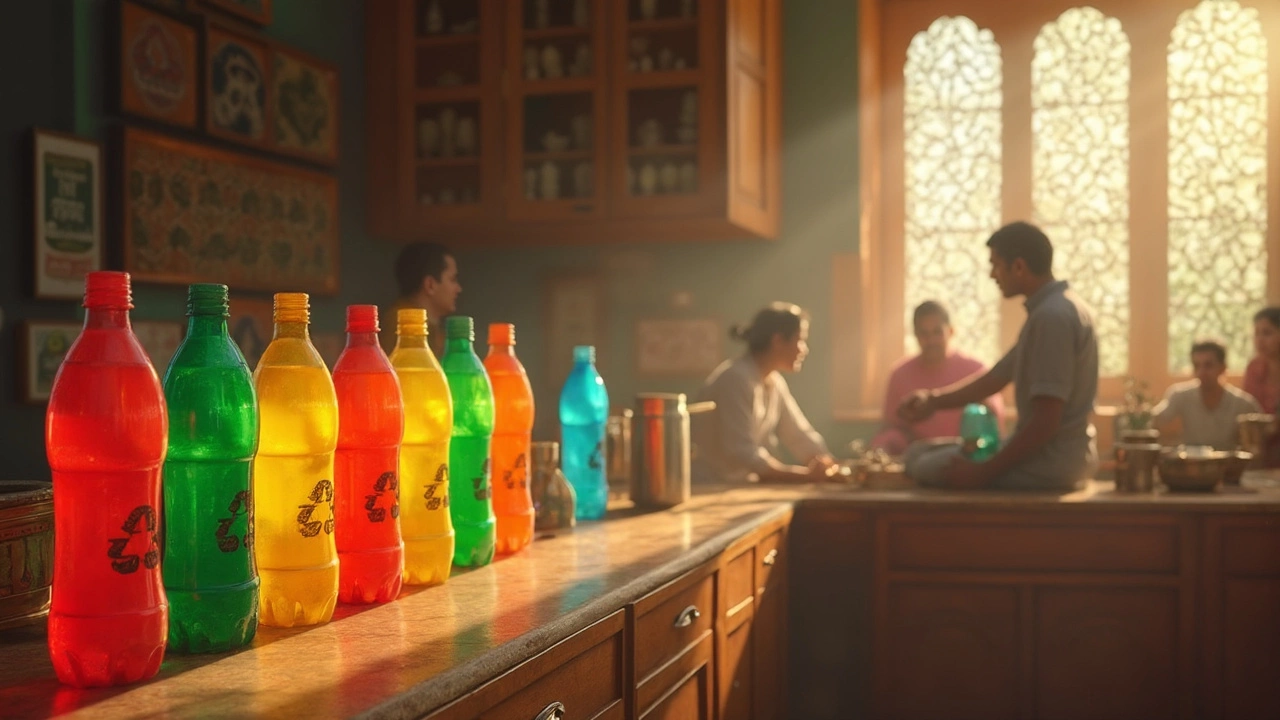Recycling Codes Explained – Your Quick Guide to Sorting Plastics
Ever stared at the little numbers on a bottle and wondered what they actually do? Those symbols are recycling codes, and they’re the shortcut you need to sort waste the right way. Knowing the code helps you keep plastics out of landfills and makes recycling easier for everyone.
What the Numbers Mean
The numbers range from 1 to 7 and tell you what type of plastic a product is made from. Here’s a fast rundown:
- 1 – PET (Polyethylene Terephthalate): Common in water bottles and soda containers. Easy to recycle into new bottles or fabrics.
- 2 – HDPE (High‑Density Polyethylene): Found in milk jugs, detergent bottles, and grocery bags. Often turned into new containers or piping.
- 3 – PVC (Polyvinyl Chloride): Used for pipes, some food wraps, and credit cards. Recycling is limited, so try to avoid it when possible.
- 4 – LDPE (Low‑Density Polyethylene): Plastic bags, shrink wrap, and some squeeze bottles. Many stores take these for recycling.
- 5 – PP (Polypropylene): Yogurt cups, bottle caps, and straws. It’s becoming more accepted in local programs.
- 6 – PS (Polystyrene): Foam trays, coffee stirrers, and take‑out containers. Hard to recycle, so look for alternatives.
- 7 – Other: Includes polycarbonate and bioplastics. Recycling depends on your area’s facilities.
These numbers aren’t just for show. Your city’s recycling center uses them to decide what can be processed. If you mix the wrong types together, it can contaminate an entire batch.
Practical Tips for Using Recycling Codes
Now that you know the basics, here’s how to put the knowledge to work:
- Check the code before you toss. It’s usually a triangle of arrows with a number inside. Spot it on the bottom of bottles, containers, or the side of larger items.
- Know your local rules. Not every city accepts all codes. A quick call or website check tells you which numbers are welcome.
- Separate cleanly. Rinse out food residue. Dirty plastics can spoil an entire load, making it harder to recycle.
- Bag or bin correctly. Some places ask you to place certain codes in special bags. Follow those instructions to avoid extra trips.
- Reduce before you recycle. If you can swap a #3 or #6 product for a #1 or #5, you’ll help the system stay efficient.
Using these steps means you’ll waste less time guessing and more time doing the right thing. And the impact adds up – fewer plastics in landfills, lower demand for virgin material, and a cleaner neighborhood.
So next time you reach for a bottle, glance at the little number, sort it right, and feel good about doing your part. It’s a tiny action that makes a big difference for the planet.

What is the Number 1 Under Plastic Bottles? Breaking Down the Meaning and Impact
Ever noticed the number 1 stamped under most plastic bottles? This article unpacks what that number really means, which plastic it points to, and why it matters for recycling and your health. We'll explore which products use this plastic, how it's made by manufacturers, and whether it's safe to reuse. If you've ever wondered if it’s recyclable or how it impacts the environment, you’ll get those answers here, plus practical tips so you can make smarter choices.
